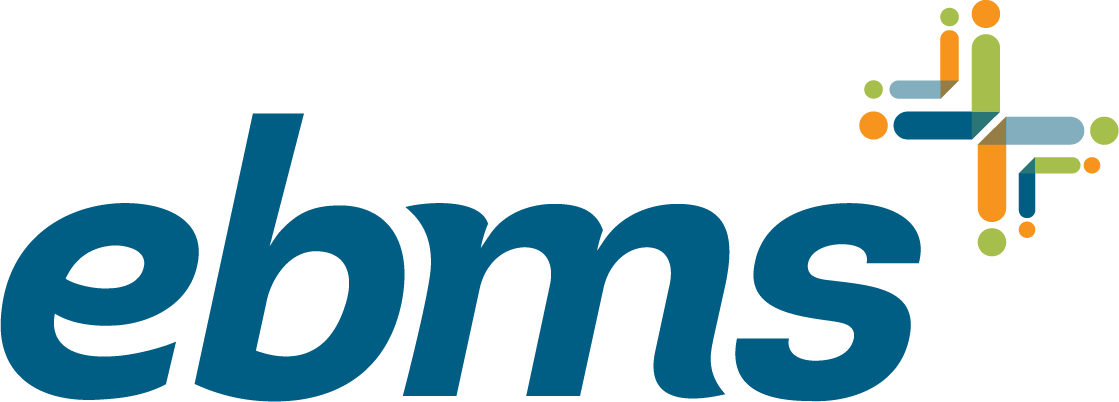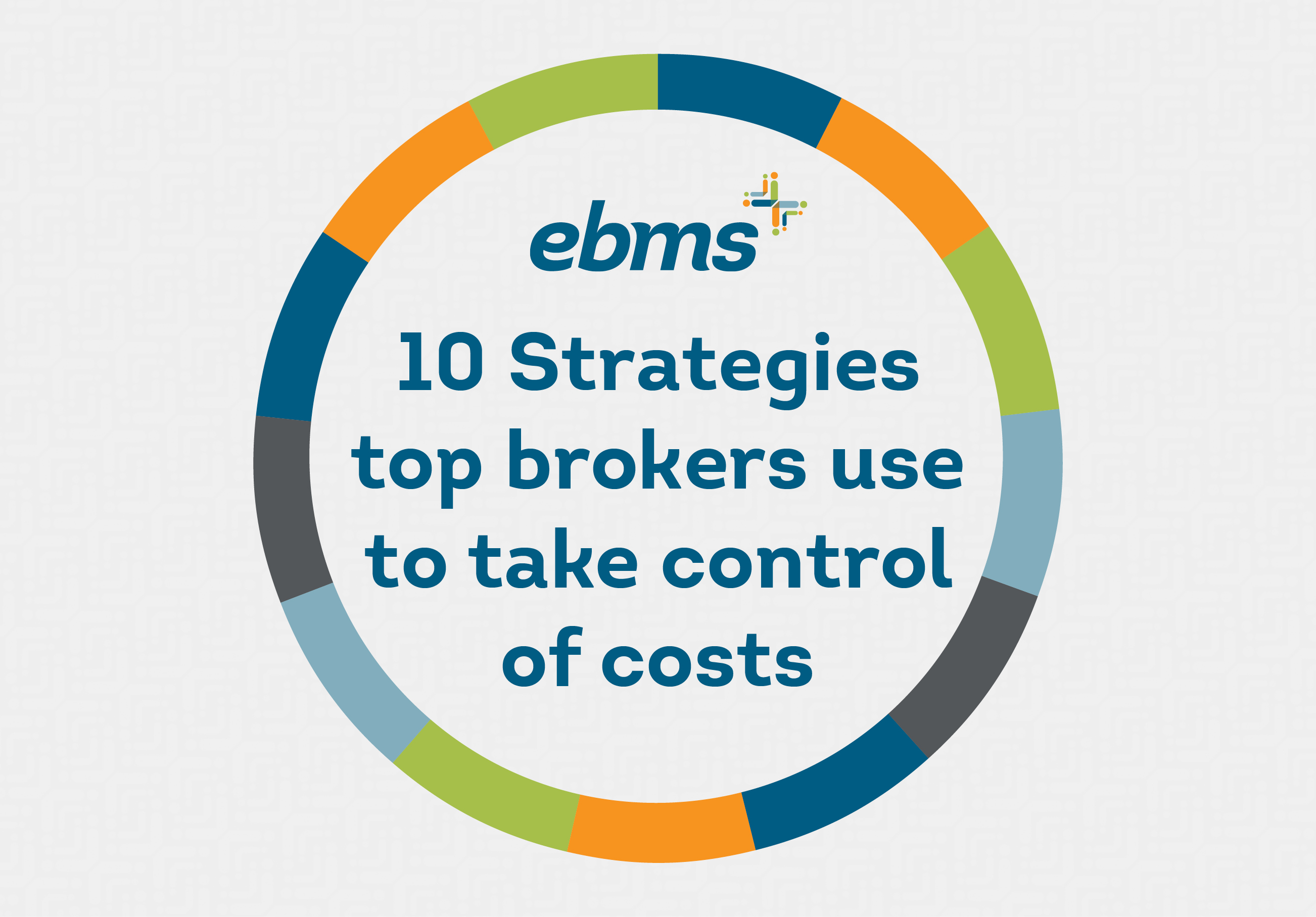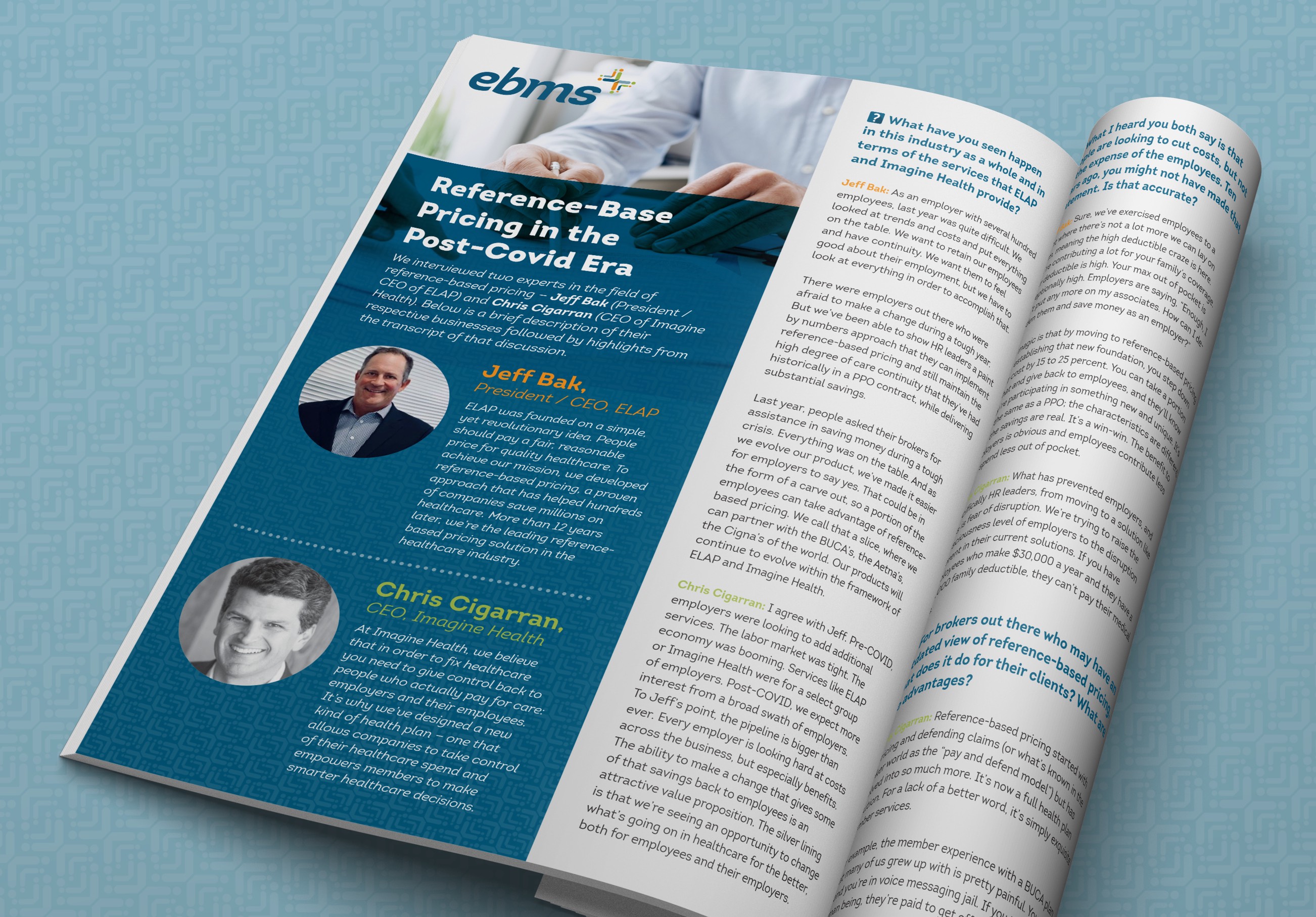You are wasting plan money on pharmaceutical spending – I guarantee it
November 19th, 2019

By James Vertino, Chief Executive Officer
I recently read a detailed analysis of drug-utilization data from 15 self-insured plan sponsors. Now, to many this might sound like dull stuff. But I was immediately intrigued and pulled in by the power of this data.
It’s good to finally have hard numbers to support a conclusion I’ve already reached on my own – that wasteful spending on pharmaceuticals is rampant, and that plan sponsors can save money by improving pharmacy benefit design and management.
Just take a look at this fact from the analysis: wasteful prescriptions represented 3 percent to 12 percent of total claims per plan sponsor evaluated, or 6 percent across all data, with an average savings of $413 per script.
From my perspective, eliminating this waste is critical to my company’s mission of improving lives, and to any company’s fiscal health.
The report I referenced here stopped short of making specific recommendations for improvement, so I’d like to suggest a few cost-containment tools that have worked well for EBMS clients.
- Pharmacy benefit management (PBM) with a pass-through model. In this arrangement, the PBM earns only an administrative fee – rather than making money by marking up drug costs. It’s fair and it’s transparent, in an industry where non-transparency is the norm.
- Formularies that emphasize value. The idea is to determine which drugs belong on a formulary based on their efficacy and price, and to eliminate low-value drugs (defined as those that cost more without any added benefit over the alternatives).
- Specialty drug programs that use proven strategies to control spending on high-cost medications. Since there are no generic equivalents to specialty drugs, the goal is to ensure they’re not prescribed unless medically necessary, and to help plan members apply for manufacturer’s assistance programs that apply to their circumstances.
- The direct primary care model, under which certain medications (like antibiotics) are acquired at cost and dispensed to members when they visit an employer-sponsored clinic.
- The mail-order pharmacy model for monthly maintenance drugs. This often results in lower costs for member and employer, because the pharmacy doesn’t have the costs associated with a brick-and-mortar pharmacy.
The biggest barrier most plan sponsors face is a well-founded concern that any effort to cut spending will have a negative impact on employee satisfaction. At EBMS, we advocate for plan design that carefully balances cost-containment with quality of care and the member experience.
It comes down to this: the traditional PBM business model has many misaligned incentives. Yet it’s possible for plan sponsors to optimize PBM contracts with the kind of guidance that EBMS is equipped to provide.




